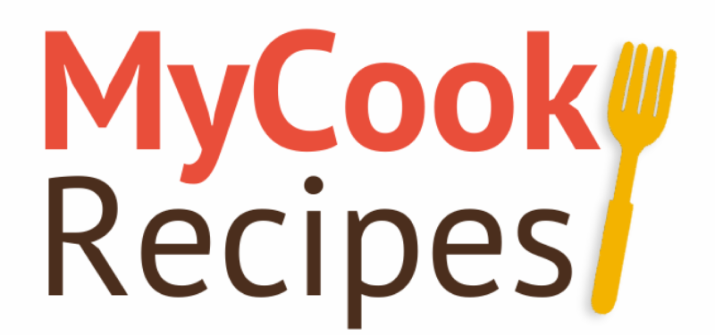
Milk cookies are a classic treat, known for their soft, chewy texture and deliciously creamy flavor. Whether enjoyed on their own or with a glass of milk, these cookies have become a staple in many households. But what exactly makes a milk cookie stand out from other cookies? This article will explore the essential ingredients, the role of milk in cookie-making, and modern variations of this beloved dessert.
For those interested in unique baking ideas, you can also explore how creative sourdough discard uses can inspire your next kitchen adventure.
Additionally, learning how to properly activate ingredients like sourdough can be an important part of your culinary journey. Take a look at this detailed guide on how to activate sourdough discard to better understand these processes.
The Essential Ingredients of Milk Cookies
Traditional Ingredients
The basic ingredients of a milk cookie are simple but essential to creating the right texture and flavor:
- Butter: Adds richness and softness.
- Flour: Provides structure to the cookies.
- Sugar: Balances sweetness, with brown sugar offering extra moisture and chew.
- Milk: The defining ingredient, adding moisture and creaminess.
- Eggs: Bind the ingredients and add to the softness of the cookie.
The Role of Milk
Milk serves multiple purposes in a cookie recipe. Its moisture helps soften the dough, while its fats add richness and enhance flavor. There are several types of milk used in baking, each contributing a unique texture:
- Whole Milk: Adds creaminess and moisture.
- Condensed Milk: Intensifies the sweetness and chewiness of cookies.
- Evaporated Milk: Thickens the texture without adding excessive sweetness.
By experimenting with different types of milk, bakers can achieve a variety of textures and flavors, from soft and fluffy to chewy and dense.
Sweetened Condensed Milk Cookies
Sweetened condensed milk is a common ingredient in milk cookies, contributing both sweetness and moisture. Here’s why it works so well:
- Sweetness: It eliminates the need for extra sugar.
- Texture: The sugar in condensed milk caramelizes during baking, resulting in a chewy, dense cookie.
- Ease of Use: Using condensed milk simplifies the ingredient list and makes the process faster.
For an easy-to-follow recipe using condensed milk, check out this Sweetened Condensed Milk Cookies Recipe. It’s a great option for a quick and simple dessert.
Modern Variations of Milk Cookies
Popular Modern Twists
Bakers today enjoy putting their own spin on traditional milk cookies. Here are some exciting variations:
- Chocolate Milk Cookies: These cookies combine the creamy flavor of milk with rich chocolate crumbles.
- Milk Chocolate Chip Cookies: A sweeter take on the classic chocolate chip cookie, using milk chocolate chips for a creamier taste.
- Vegan Milk Cookies: Substituting plant-based milks like almond or oat milk makes these cookies accessible for those on a vegan diet.
Add-ins and Customizations
You can elevate a simple milk cookie recipe with the following add-ins:
- Nuts: Almonds, walnuts, or pecans for crunch.
- Dried Fruits: Raisins, cranberries, or dried cherries for added chewiness.
- Spices: Cinnamon, nutmeg, or vanilla extract to enhance flavor.
If you’re looking for a creative recipe that adds texture, try these Chocolate Milk Cookies with Cookie Crumbles for a delightful mix of soft and crunchy textures.
The Science Behind Milk and Cookies
There’s more to the milk and cookie pairing than just tradition. Milk and cookies work together on a chemical level to enhance flavor. Milk helps dissolve fats and sugars in the cookie, making the flavors more pronounced as they melt on your palate.
To better understand why milk and cookies are such a dynamic duo, check out this article on The Scientific Reason Milk and Cookies Are Such a Good Pair.
Tips for Making Perfect Milk Cookies
To achieve the best milk cookies, follow these baking tips:
- Use Room Temperature Ingredients: Butter and eggs should be at room temperature for a smooth mix.
- Chill the Dough: Chilling the dough before baking helps prevent cookies from spreading too much.
- Don’t Overbake: Remove cookies when the edges are just turning golden but the center is still soft for the perfect chewy texture.
For more detailed tips on achieving the ideal cookie texture, visit Cookie Science by King Arthur Baking.
FAQs About Milk Cookies
What makes milk cookies different from regular cookies?
Milk cookies are softer and chewier, thanks to the higher moisture content from milk or condensed milk.
Can I substitute milk in milk cookie recipes?
Yes! Almond milk, coconut milk, or oat milk can be used, though the texture may change slightly.
What role does condensed milk play in cookie recipes?
Condensed milk adds both sweetness and moisture, resulting in a chewy, dense cookie.
Conclusion
Milk cookies are a versatile, delicious treat that can be enjoyed by everyone. Whether you prefer the classic recipe or want to experiment with variations like vegan milk cookies or sweetened condensed milk cookies, this timeless dessert can be easily customized to your liking. With the right techniques and ingredients, you can master the art of creating soft, chewy, and flavorful milk cookies at home.
For more creative baking ideas and techniques, explore how to activate sourdough discard and elevate your kitchen skills even further.
